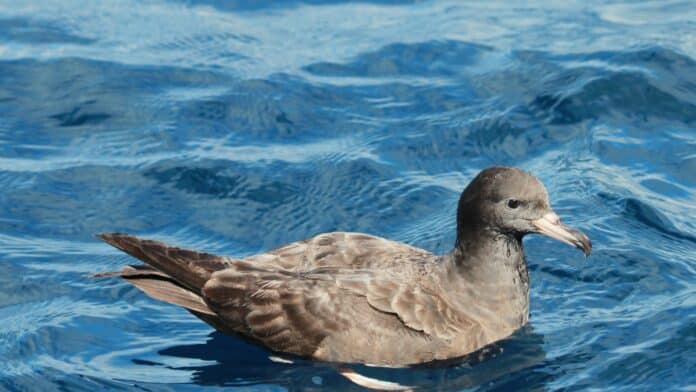Recently the rapid consumption and emission of plastics into the environment have exceeded the ‘novel entities’ planetary boundary for both ubiquity in the environment and irreversibility of pollution. Plastics and climate change are intrinsically linked.
Though there is debate as to what extent plastics are causing harm to populations or ecosystems. There is growing evidence that the ingestion of plastic leads to long-lasting and diverse consequences for a wide array of fauna.
A new study has discovered a new disease in seabirds caused by ingesting plastics. Known as plasticosis, the disease in which the small plastic pieces end up scarring their proventriculus organ – the first part of a bird’s stomach.
It is a type of fibrotic disease. When a bodily part is continually inflamed, there is an excessive amount of scarring that inhibits the lesion from healing naturally, which results in several disorders.
Usually, after an injury, temporary scar tissue develops and aids in fortifying the restoration. Yet, persistent inflammation can result in excessive scar tissue, which decreases the tissues’ suppleness and alters their structural makeup.
In the case of plasticosis, the irritation is caused by shards of plastic digging into the stomach tissue. Over time, persistent inflammation causes tissue scarred and deformed, with knock-on effects on growth, digestion, and survival.
The proventriculus’s physical structure is impacted by the scarring brought on by plasticosis. The tissue gradually swells as plastic exposure rises until it starts to degrade.
The tubular glands, which secrete digestive compounds, are the best example of the impact of plasticosis. After consuming plastic, these glands get gradually more stunted until they eventually lose their tissue structure entirely at the highest levels of exposure.
Losing these glands can cause the birds to become more vulnerable to infection and parasites and affect their ability to absorb some vitamins. The scarring can also cause the stomach to become hardened and less flexible, which makes it less effective at digesting food.
Dr. Alex Bond, who co-authored the study and is Principal Curator and Curator in Charge of Birds at the Museum, says, ‘While these birds can look healthy on the outside, they’re not doing well on the inside.’
‘This study is the first time that stomach tissue has been investigated in this way and shows that plastic consumption can cause serious damage to these birds’ digestive system.’
Twenty-one freshly deceased Flesh-footed Shearwater fledglings (80–90 days old) were collected from Lord Howe Island, Australia. The flesh-footed shearwaters that reside on the island, which is 600 kilometers off the coast of Australia, have been discovered to be the most plastic-polluted birds in the world because they eat particles of plastic at sea after mistaking them for food.
While studying the shearwaters, the researchers discovered that proventriculus scarring was common, resulting in comparable lesions in the birds. The researchers classified plasticosis as a particular disease due to its consistency.
Likely, plasticosis is also one factor that influences how plastic affects the young shearwaters’ growth. The study found that the length of the wing was linked to the amount of plastic in the body, while the number of plastic pieces was associated with the bird’s overall weight.
Alex said, “Our research team has previously looked at how microplastics affect tissues. We found these particles in organs such as the spleen and kidney, where they were associated with inflammation, fibrosis, and a complete loss of structure.”
Journal Reference:
- Hayley S. Charlton-Howard, Alexander L. Bond et al. ‘Plasticosis’: Characterising macro- and microplastic-associated fibrosis in seabird tissues. Journal of Hazardous Materials. DOI: 10.1016/j.jhazmat.2023.131090
